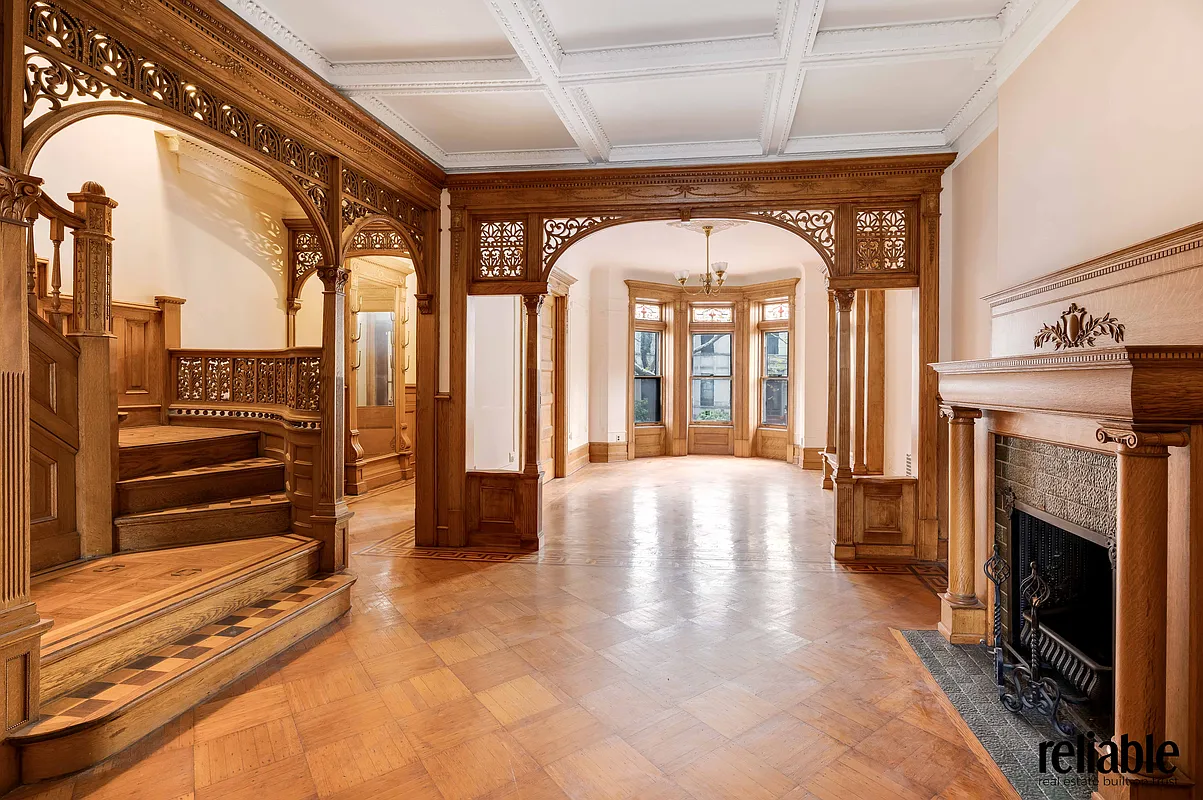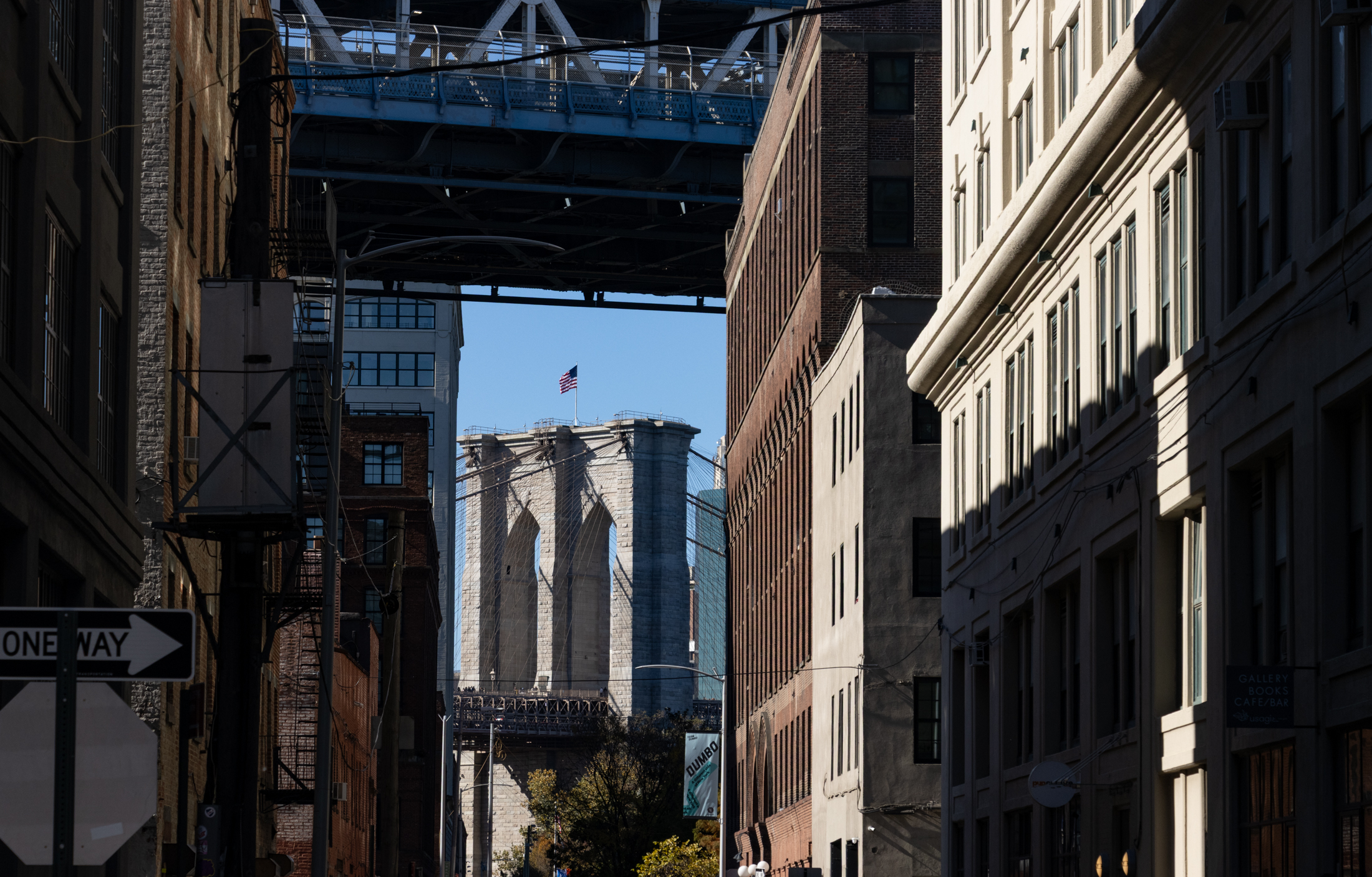Passive House Comes to Brooklyn Heights
[nggallery id=”53667″ template=galleryview] We were invited to tour an in-construction Passive House in Brooklyn Heights, a 1846 brownstone on Sydney Place that was badly remodeled in the 80s and is now receiving a gut renovation to accommodate to the most rigorous energy standard in the world. For details on what a Passive House is, you…
[nggallery id=”53667″ template=galleryview]
We were invited to tour an in-construction Passive House in Brooklyn Heights, a 1846 brownstone on Sydney Place that was badly remodeled in the 80s and is now receiving a gut renovation to accommodate to the most rigorous energy standard in the world. For details on what a Passive House is, you can visit this website or listen to this helpful NPR feature. We can tell you it is a house-wide energy system that uses an incredible amount of insulation and effective, insulated windows to create an airtight building. In this particular home, air source heat pumps bring fresh air into the house, filter the air, and then heat or cool the air which in turn heats or cools the house. (This is 80-90 percent more effective than a traditional heating or cooling system.) The contractor on the site, Sam McAfee, told us that the project is the first landmarked Passive House in the US, and the LPC has worked closely with them, especially with the windows. Through the winter, the home could maintaining 55 degrees without heat. Click through the photos to see how certain features in the home work in the system. Construction should be complete by this April.





Something tells me you’d probably be dusting a whole lot less in a Passive House.
Am I mistaken or was this technology used on a house built for Extreme Makeover Home Edition. I seem to recall a family that included a young girl who had severe allergies and/or breathing issues. Ty and the team built a house with some kind of super green air exchange system wherein the air was heated/cooled and filtered through something that sounds a lot like this. Great technology for those with serious health issues.
Martis –
Germans have been doing this for near 20 years- no suffocation cases thus far. I believe there is an alarm but I can’t say that unequivocably.
More likely, if you let it go for a while, you’d get sick, have headaches etc.
But to be clear – Passive House indoor air quality is VASTLY SUPERIOR (sorry for the all caps) to that of a typical home. Its filtered, consistent, and from a known (and clean source).
Well, 66, if you want to price average people out of the brownstone neighborhoods, by all means do so. I suppose you agree with the concept of cc&r’s as in gated communities in the ‘burbs also.
theoretically, could you suffocate in passivhaus if the ventilation system went down?
I’m really glad cmu doesn’t get to make the rules.
casement windows close like a door, so the sealing is a lot easier…it can be quite tight. Double hungs, especially as they grow older, become leaky at the join of the two sashes, and it’s also harder to seal where the sash enters the pocket.
minard: As I’ve blathered on endlessly here, I think ‘preservation’ should be an overall mandate: no (never a) teardown, no major changes to the facade and very restrictive enlargements/additions, iow, keep the build envelope static. But if casement windows are more efficient and cheaper, by all means they should be allowed. Also painting your front door canary yellow.
LOL, Minard.